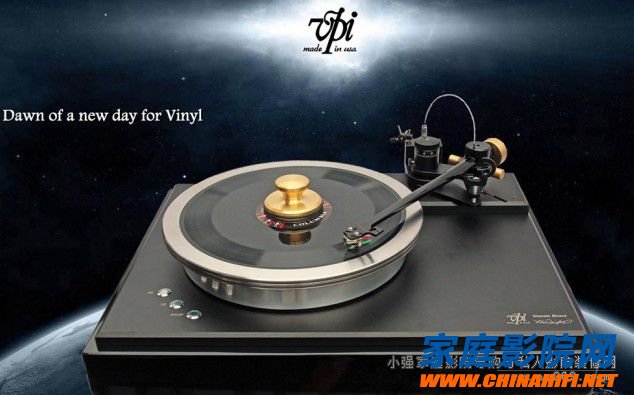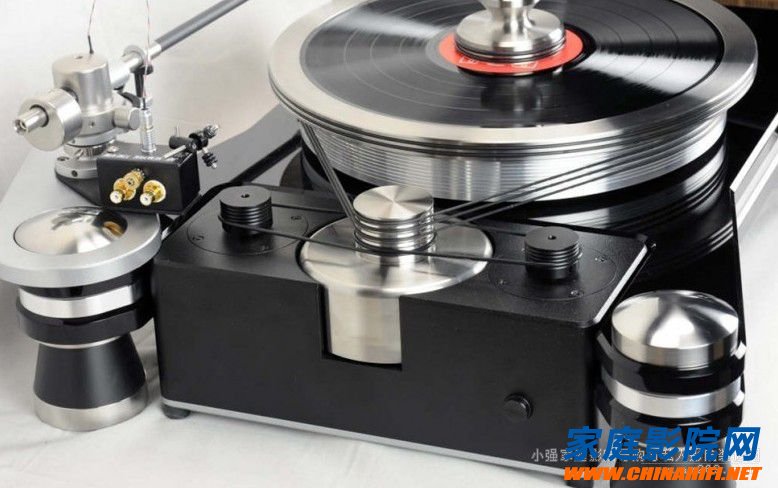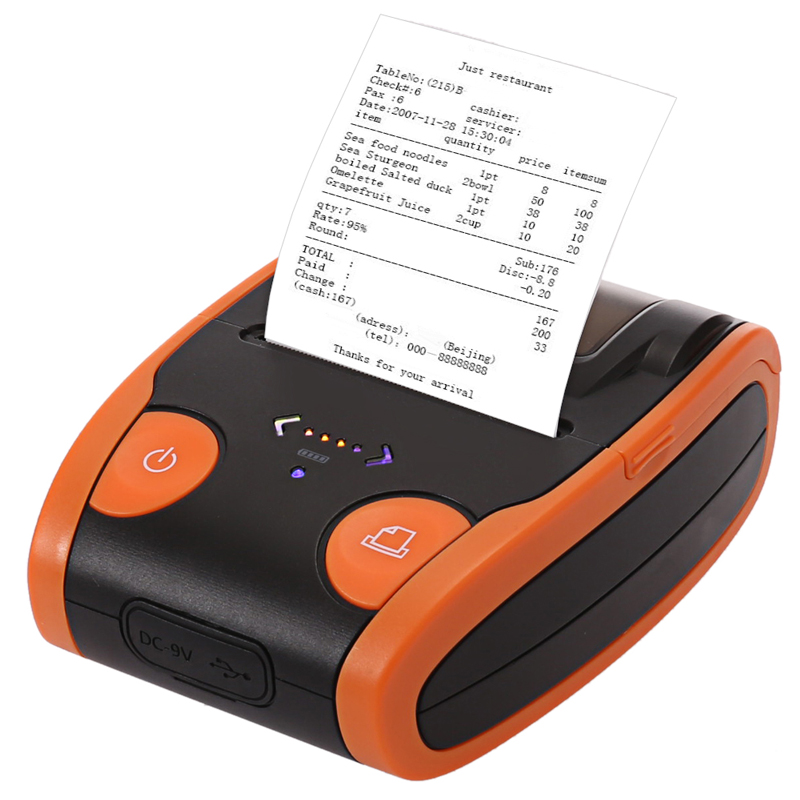
What are the advantages of VPI's first 3D Printed vocal arm?
First, many people think that direct drive motors will directly transmit motor vibrations to the turntable and the stylus. This is actually the wrong idea. In fact, the direct drive motor with a speed of only 33 rpm is actually much lower than the belt drive motor with a speed of up to 300 or 600 rpm. As long as the motor is well designed, the resonance of the direct drive motor can be as low as 0.5 Hz, which is a general belt drive. The motor is hard to match. If the direct drive motor, the voltage regulator circuit and the inertia mass of the turntable are properly matched, the motor vibration can even be completely ignored. Welcome to the home theater network!
Second, the direct drive motor not only starts quickly, but also after the continuous improvement of the speed detection and servo technology, the speed can be controlled to an extremely accurate and stable level. In contrast, the belt is not only prone to deterioration and aging, tension is difficult to grasp, and the ability to resist the resistance of the stylus is limited, which is a variable that causes the rotational speed to be unstable. Many players or manufacturers change the rubber belt to a material similar to floss or tape. Although the tension can be controlled, the purpose of using the belt damping to isolate the motor resonance is lost.

VPI is how to build a belt-driven turntable. In the 1970s, National/Technics in Japan conducted in-depth research and found that the biggest factor affecting the performance of the turntable is actually the noise of the rotating bearing. The more the number of bearings, the louder the noise and the worse the sound. . Therefore, in theory, the direct drive disc is the least number of rotating bearings (motor and slewing bearing), the most compact design, the best sound. The belt drive disc that separates the turntable from the motor bearing inevitably produces more noise and sound.
Since the direct drive disc is so good, why does the belt drive disc become the mainstream of Hi End? The answer is to develop and manufacture the ideal high-precision direct-drive motor. It must invest huge sums of money. The sales volume of the product must be large enough to flatten the cost. Generally, the Hi End audio small factory can't do anything. Only the Japanese audio brand with large enough scale has this strength. . This is why the Japanese top-ranking direct-drive discs bloomed in the 1970s.
At that time, these Japanese audio manufacturers gathered the best engineers in Japan to carry out research and development, regardless of the cost of creating the top direct drive disc, not only the direct drive technology is ingeniously different, but also full of amazing design ideas, the main purpose is to show the technical strength. In order to lift the sales volume of their own direct sales. For a time, regardless of the professional or household field, they were captured by the Japanese direct-drive disc, thus creating the golden age of Japanese Hi End sound.
It is worth mentioning that compared with the European and American vinyl discs using the belt, suspension or heavyweight turntable "tuning", these Japanese manufacturers have different ideas. As early as that year, they tried to reproduce with the vinyl system. All the subtle music signals on the record faithfully restore the original appearance of the recording. Therefore, in theory, the direct-drive disc with the lowest noise and the least sound is naturally the only choice for them. This concept has also caused the Japanese turntable to be significantly different from the European and American products.
It is also because of this concept that these Japanese manufacturers turned to the digital field at the time of the rise of the CD in the 1980s, and the development of the Japanese direct-playing turntable came to an abrupt end. In the case of a full retreat of Japanese manufacturers, in the 1990s, direct-drive discs became cheaper for DJs, while belt-driven discs with lower technical thresholds became the mainstream of Hi End.
All in all, if we want to rectify the direct drive vinyl disc, we need to fully understand the history of the Japanese top-selling discs. The following is a brief introduction of several heavyweight Japanese direct drive discs, trying to analyze the design features of these direct drive discs from the archives on the network.
Referring to the Japanese direct drive, the first one to be introduced is the National/Technics SP-10. National/Technics is a pioneer in the study of direct-drive discs in Japan. In 1969 they introduced the first direct drive SP-10 in history, and it has since evolved into the third generation to start fast, accurate, stable, reliable and durable direct drive technology. It replaced the German EMT in one fell swoop, became the standard equipment of the entire 1980s radio station, and led Denon, Victor (JVC), Sony and other Japanese manufacturers to enter the direct drive disc field, which is called the master of the Japanese direct drive, and is also the classic of the players competing for collection. ! Welcome to the home theater network!
Thermal printers are more smaller, lighter and consume less power, making them handheld Thermal Printer. Thermal printers are perfect mobile printer. Commercial applications of thermal printers include express, manufacturing, finance, ticketing, enforcement, warehouse, retail, parking and etc. Below is our advantages:
1. Mobile Bluetooth Printer, handy and stylish
2. USB/Bluetooth/RS232 various interface
3. Support label printing and receipt printing
4. Support Android/IOS/Win/Win CE/Symbian systems
5. High speed printing and high compatibility

Thermal Printer
Thermal Label Printer,Thermal Receipt Printer,Thermal Transfer Printer,Bluetooth Thermal Printer
Shenzhen Qunsuo Technology Co., Ltd , https://www.qsprinter.com